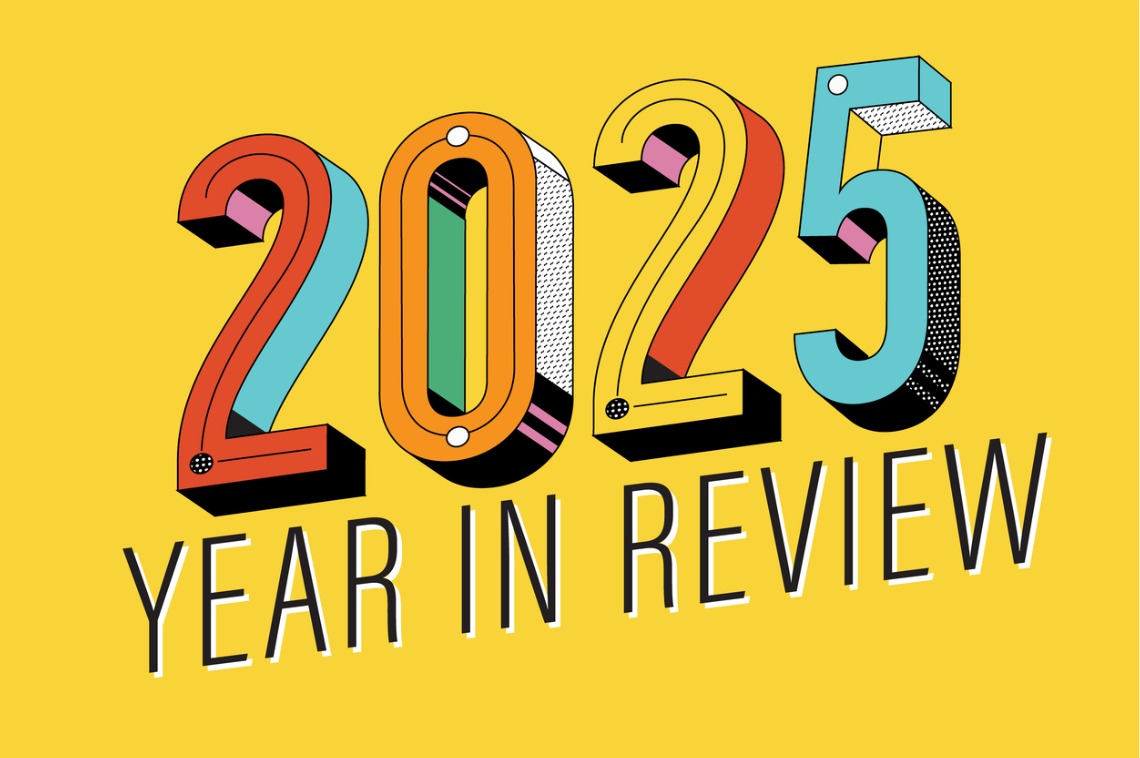T
he global financial landscape is undergoing a significant shift as Bitcoin emerges as a force to be reckoned with in the realm of value preservation. For decades, real estate has been the cornerstone of conservative portfolios due to its tangibility, cash flow, and inflation-hedging properties. However, Bitcoin's rise, driven by its fixed supply and institutional-grade infrastructure, is challenging this dominance.
Bitcoin's risk-adjusted returns stand out, with a Sharpe ratio of 1.3 over the past decade compared to real estate's modest 0.5-0.7 range. While real estate offers steady, low-volatility returns, Bitcoin's explosive growth comes with extreme volatility. However, its Sortino ratio of 1.86 highlights that much of this volatility is asymmetric, favoring upside potential.
Institutional adoption has further refined Bitcoin's risk profile, reducing speculative trading and enhancing liquidity and investor confidence. In contrast, real estate's volatility remains tied to sector-specific risks. Regulatory clarity and institutional-grade custodians have normalized Bitcoin as a store of value, aligning it with traditional portfolio management frameworks.
Bitcoin's fixed supply positions it as a digital counterpart to gold, offering a hedge against fiat currency devaluation. During 2020-2025, Bitcoin's price surged from $5,000 to $80,000 amid macroeconomic instability, outpacing real estate's inflation-adjusted returns. However, its inflation-hedging properties are context-dependent and correlate positively with the Consumer Price Index but less so with the Core PCE index.
Bitcoin's low correlation with traditional assets makes it a potent diversifier, enhancing risk-adjusted returns during periods of high economic policy uncertainty. However, its volatility can amplify losses during downturns, necessitating cautious allocations (1-10% of a portfolio). Real estate offers a counterbalance, and combining both assets creates a hybrid strategy that hedges against macroeconomic shocks.
Institutional adoption has been transformative for Bitcoin, with U.S. spot ETFs attracting $118 billion in inflows by Q3 2025. Corporate treasuries and sovereign strategies underscore its legitimacy, normalizing it as a store of value and reducing its volatility. Real estate faces headwinds from rising interest rates and regulatory uncertainty.
The ascent of Bitcoin as a disruptive store of value is not a zero-sum game with real estate but reflects a broader shift toward digital-first asset allocation driven by macroeconomic uncertainty, technological innovation, and institutional validation. While real estate retains its role as a stable, cash-flow-generating asset, Bitcoin's superior risk-adjusted returns and inflation-hedging potential make it an indispensable component of modern portfolios.













